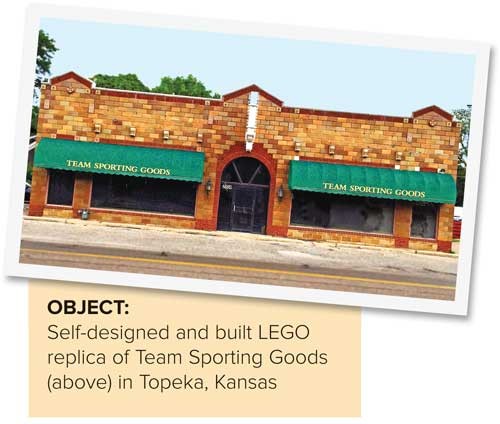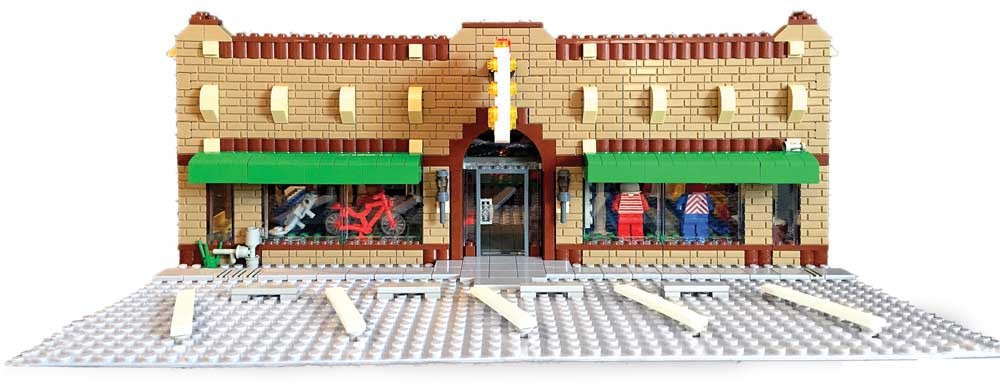Voices
Advice: Swaying Dr. No
Q: Our media relations team has done a great job placing op-eds in major newspapers and increasing the visibility of

our researchers. But we still get resistance from faculty about working with the media. Some refuse because it's not part of the tenure process; others see media interviews as "dumbing down" their research. How can we convince them it's worth their time?
A: I feel your frustration. To start, make sure your senior management is actively involved in working with the media and understands its value. Second, promote and provide media training in several modes—presentations to departments; written tips on the web; and one-to-one training before each media opportunity. If faculty see you as a coach who won't let them fail, they will be more likely to work with you. Third, don't forget to promote the media placements you do get. Send media coverage links to the faculty member and include the links in internal communications.
Faculty members are busy with teaching, grant writing, researching, and presenting, and media placements are another avenue for knowledge translation. Remind them how valuable this exposure is for them: Academics who gain awards, prestige, and tenure are most often those who have also been active in the media.
—Susan Emigh, director of public relations, Faculty of Health Sciences, McMaster University, Canada
Have a problem you just can't solve? Email your trickiest advancement questions to currents@case.org, and we'll find an expert to help.
Your Favorite Things
What the stuff in your workspace says about you
It's all in the details: To celebrate his father's retirement from the sporting goods store he'd run for nearly four

decades, Brady Miller created a replica of the building out of LEGO blocks. He won first place in a LEGO competition held at a local toy store. "My favorite details are probably the heat presses (the tops swivel to open and close) and the candy machines by the front door," he says.
Why LEGOS? "They tie in to all aspects of the work we do—creativity, team building, stress relief. I use them in creativity presentations to show that no matter what kind of resources you have, the possibilities aren't ever as limited as you think. One can assemble just six eight-stud bricks in more than 915 million ways."
Calming construction: "When you focus on something not work-related (or on nothing at all), your mind can come up with better, more creative solutions for tasks. I take my job seriously, but I'm more effective at it when I allow myself the time to reinvent things unrelated to events. They're called creative exercises for a reason—LEGO bricks are what I use as my free weights."
—Brady Miller, Senior Consultant and Creative Director, Stratelyst Creative, Topeka, Kansas
Do you have a meaningful or unusual object in your office? Email us at currents@case.org.
